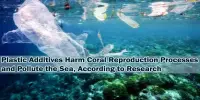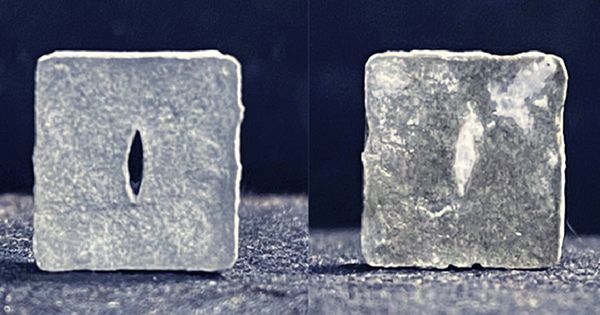After wildlife photographer, Nick Brandt shot images of crusty corpses found in the region in 2013, haunting photos of animals “turned to stone” by the caustic waters of Lake Natron went viral. Would a human falling into a Tanzanian soda lake behave similarly? No, not right away, but it wouldn’t be a terribly pleasant dip. People have disintegrated in Yellowstone National Park’s hot springs, and stories from the park serve as terrible reminders of what may happen when you fall into the wrong water bodies. In contrast, the circumstances in Lake Natron may likely preserve your remains if your lifeless corpse were to plunge into it, but it’s not a place you’d want to paddle.
WHY IS LAKE NATRON SUCH A DANGEROUS PLACE? It isn’t, in fact. Lake Natron is home to a variety of fauna, the most notable of which is the lesser flamingos who casually wade in its waters, which have a pH of nearly 12 – close to the strength of household bleach. Part of the reason it’s so popular with the resilient flamingos is that predators can’t live in its waters for long, making it a no-hunt zone. The surreal environment follows in the footsteps of Ol Doinyo Lengai, the only volcano on the planet to spew out one of Earth’s strangest lavas: Natrocarbonatite.
The salty lake has absorbed sodium carbonate and other minerals in natrocarbonatite from the surrounding hills throughout time, resulting in a strong alkaline water. Most animals’ skin and eyes will be burned, and those that stay too long will perish, but would a person be turned to “stone” like Brandt’s animals if they jumped in?
IF YOU JUMPED INTO LAKE NATRON, WHAT WOULD HAPPEN? Flamingos have rough, scaly skin that protects them from the water, while humans are too soft and squishy. For starters, there’s the heat, with Lake Natron’s water occasionally reaching a scorching 60°C (140°F). Then there are the razor-sharp chunks of salt that nearly stranded camera operator Matt Aeberhard in the caustic seas after his hovercraft was shredded while filming A Perfect Planet for the BBC.
The soda lake’s severe salinity wouldn’t turn you stone like Medusa’s gaze, but it would sting like hell if you had any scratches or breaks in your skin. Imagine stepping into the salty ocean with a graze; it’d be the same thing, but much worse. Then there’s the near-bleach alkalinity, which would burn your skin if you stayed in the water for too long. The exact pH changes depending on rainfall, but at its worst, you’d get caustic burns. It’s not enjoyable.
WHAT WOULD HAPPEN IF YOU WERE TO SUBMERGE YOUR BODY IN LAKE NATRON? It’s unclear how the animals in Brandt’s photo series died; it’s likely that some of them died of natural causes before falling into the water. Another idea revolves around the water’s peculiar mirror-like surface, which causes flying creatures to become disoriented and crash into the lake. If you drowned or had your body thrown into Lake Natron, the high salt content of the water would block the decomposition process, preserving you like a pickle in brine. If the water evaporated enough to expose and dry your body, you could finish up looking like the crunchy animals in Brandt’s photos.
“I thought they were incredible when I saw [these animals] washed up along the coast of Lake Natron,” Brandt told HuffPost, “every little tiny detail perfectly preserved down to the tip of a bat’s tongue, the minute hairs on his face.” “As the creatures dry, the soda and salt cause them to calcify, fully preserved.” If you don’t want to become a salty statue, there’s always aquamation, which is another aquatic form of processing bodies.
IS THERE ANYONE WHO HAS FALLEN INTO LAKE NATRON? Several helicopter crashes have occurred near Lake Natron, with some of them possibly occurring for the same reason why so many migrating birds end up in the water. A party of wildlife photographers was intending to capture when their aircraft crashed into the lake in 2007. “We just crashed and broke into pieces as the skids hit the water,” Sydney cameraman Ben Herbertson told The Sydney Morning Herald. “I was in the lake the next thing I knew, and the water was scorching my eyes.”
Herbertson and his crew made it out of the water with the help of the Masai tribe, who turned their walking sticks into makeshift stretchers to help them out, but it was a horrific experience. “It was so hot,” he added, “that you could dehydrate in approximately half an hour.” “The sulphur would stream back into your eyes as the sweat ran down your forehead.” Do you want our opinion? From a safe distance, admire the gorgeous waters.
















